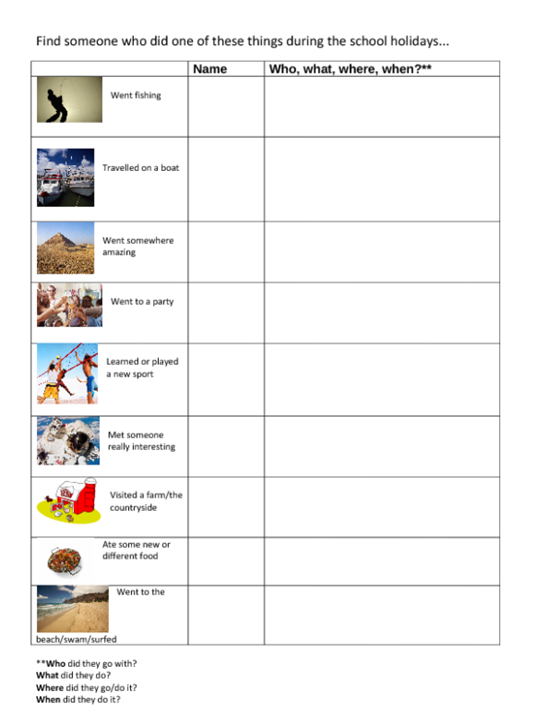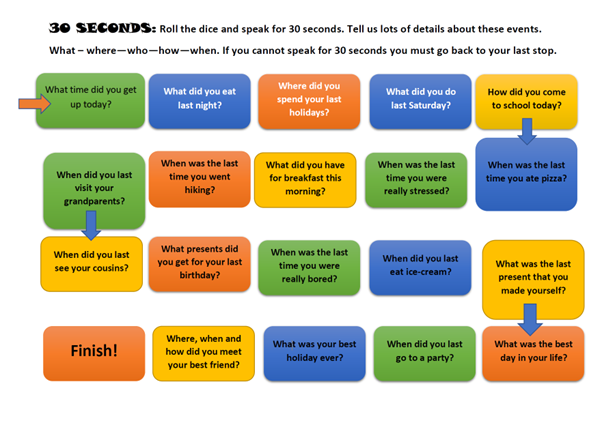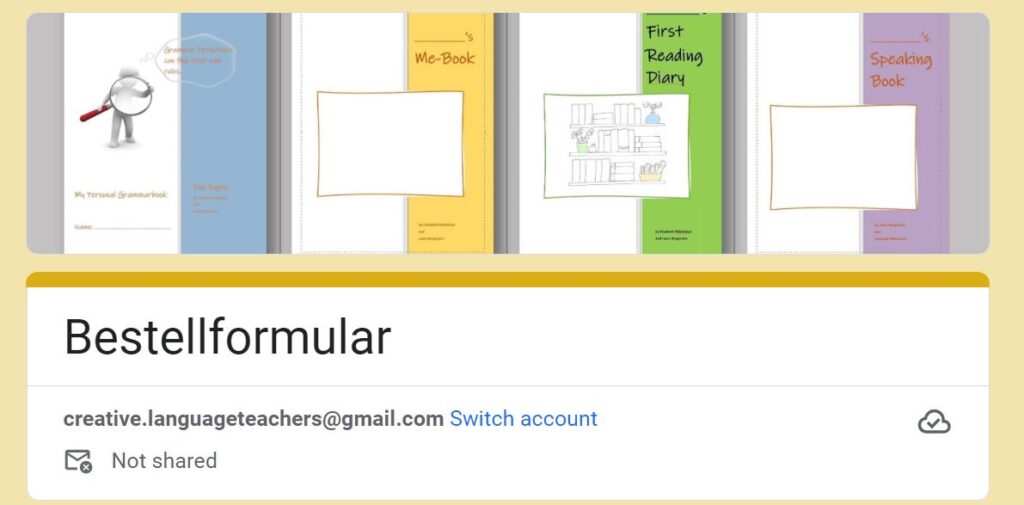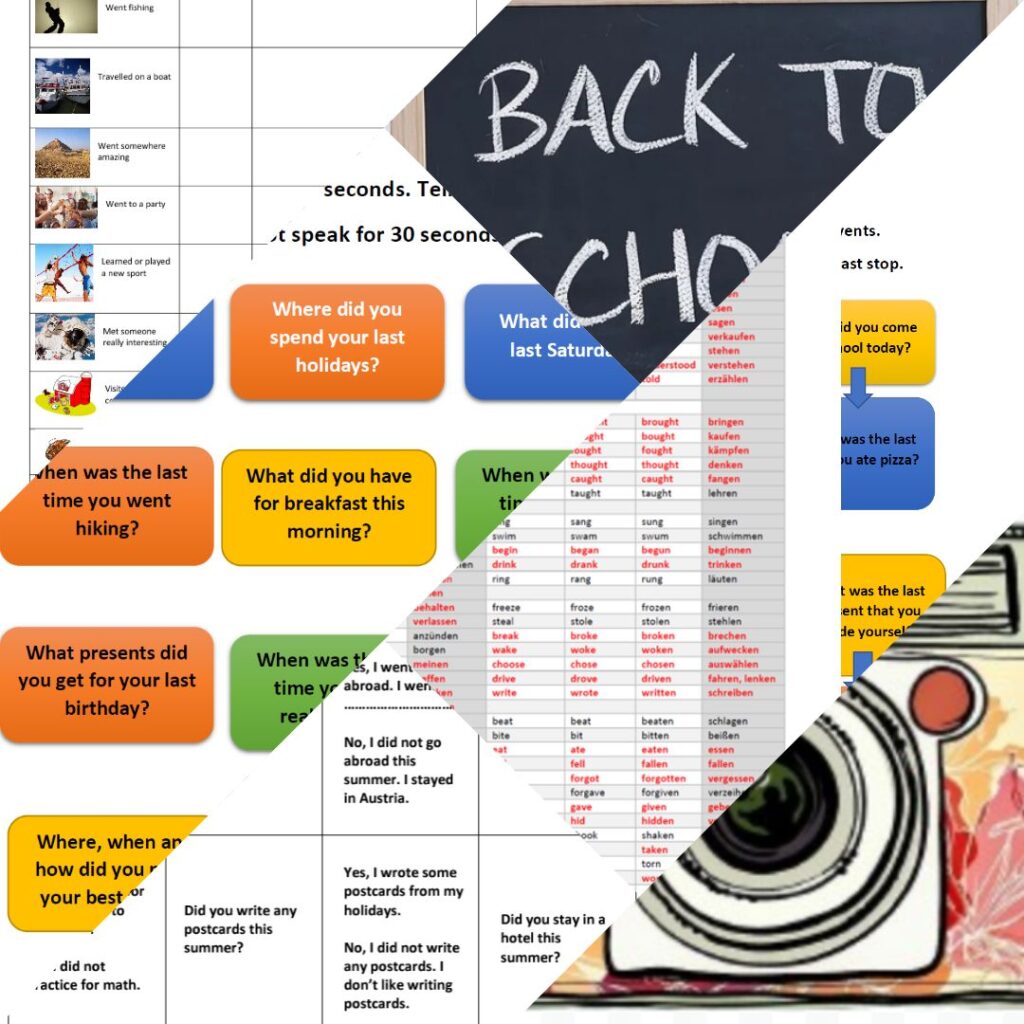
After the holidays it is time to review important language structures. The most obvious grammar that students need now, is the past tense. They all want to talk about their summer holidays and share exciting adventures.

Grammar structures are learned best in authentic situations. The following games and activities are all communicative drills that orally practice correct and TRUE sentences. They engage many areas of the brain and build large neural networks in the learners’ brains.
Game 1: Holiday Dominoes
In this communicative drill students practice all the tricky forms of the past tense:
- Past tense questions: Did you take a boat?
- Negations: No, I did not take a boat.
- Irregular verbs: I took the train to…
Activity 2: Holiday Raps:
Holiday Raps is another fun activity to practice irregular verbs.
Students need a list of all the irregular verbs that they have learned so far. If your textbook does not provide such a list, you can use the list in our grammar book (page 35).
 |
Click on the images to open the files. |
Instructions for the students
Work with a partner
Step 1: Read the verbs on the list carefully and mark all the activities that you did in the holidays. Find as many verbs as possible.
Step 2: Write a true sentence about your holidays with each of the verbs.
Step 3: Now write a question for each of your sentences:
Example: take- took – taken: I took a ferry to Greece.
Question: Did you take a ferry?
Step 4: Work with your parter and make a rap out of your sentences. Try to find a rhythm for your questions and answers.
Example: Student A: Did you take a ferryboat?
Student B: Yes, I took a ferryboat. I took a ferryboat to Greece.
Student B: Did you eat some ice-cream?
Student A: Yes, I age some ice-cream. Vanilla was the best.
Do this for at least 10 questions and answers. Practice your rap. Clap the rhythm with your hands or find a simple beat online. Then perform your rap in front of the class (or record it on your phone and upload it to the space provided by your teacher).
Activity 3: Find Someone Who
A third activity that works well to practice past simple questions and answers is the popular game Find Someone Who.
Click on the image to open the worksheet
Game 4: 30 Seconds
In this boardgame the students have to roll a dice and answer the questions that they land on. They have to speak for 30 seconds and give lots of details. If they cannot speak for 30 seconds, they must go back to where they just came from.
Click on the image to open the gameboard.
Activity 5: Magic Camera
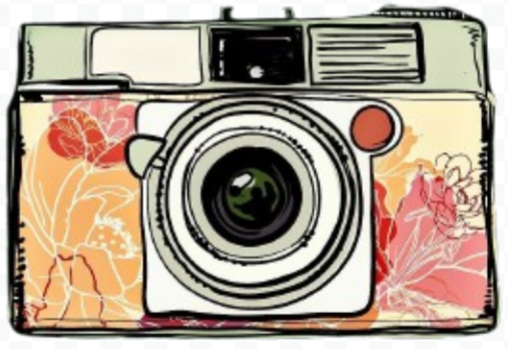
In this activity students recall a beautiful or interesting moment from their holidays and then draw a quick sketch (holiday snapshot) of the scene. They should only spend a few minutes on this drawing — it does not have to be a masterpiece.
The students then meet in small groups and share their “snapshots” explaining in detail where they were at the time, what was going on around them, what the atmosphere was like…
In this activity students will practice using the past simple and the past progressive form to describe the atmosphere of the moment.
Tip: It is often helpful to give the students some time to prepare their presentations. They should be able to talk about their snapshot for about 2 minutes. This is quite long and requires some preparation. Allow them to take some notes (key words only) on a small piece of paper.
I often do a practice round with the class where I turn on a countdown timer on the screen and ask the class to practice all at the same time, mumbling their little presentations. If they cannot fill the 2 minutes, I give them another few minutes to add details to their notes and we do another trial round. After these “mumbling rounds”, the students are well prepared to share their special holiday moments in their groups.
Variation: Instead of small groups, you could also do the sharing rounds in concentric circles with students talking to a new partner a few times.
These basic activities all follow the principles of effective communicative grammar teaching. They are fully contextualized, based on the students’ real experiences, and they drill the structures and forms of the past tense, allowing students to form unconscious patterns in their brains that will later lead to automatic production of the correct forms.



